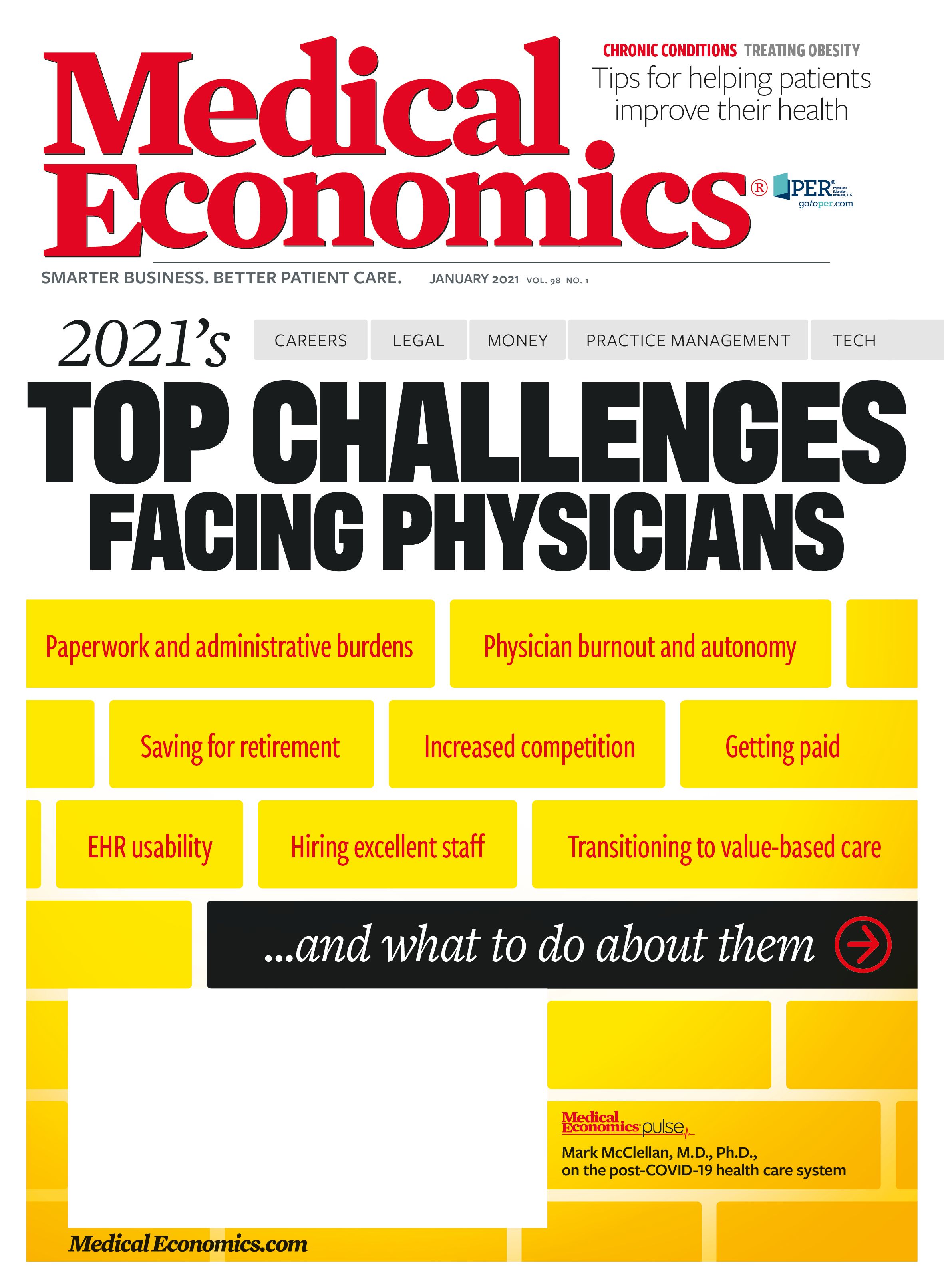Publication
Article
Medical Economics Journal
Tax benefits of the CARES Act for medical practices
Author(s):
Understanding your net operating losses is key to claiming tax benefits for your practice.
With stay at home and shelter in place orders, it is safe to assume many practices have seen a significant decline in visits and revenue. It is probably also safe to assume that many practices will suffer a loss this year. While this is undoubtedly an unfortunate event, Congress passed the CARES Act in an attempt to provide relief.
As you can imagine from an 880-page bill, there are many tax and nontax provisions in the bill. This article will focus solely on the changes made to net operating losses (NOL). We will start with defining an NOL, discussing the legislative history of NOLs, and finish up with some examples of the benefits of the new rules.
Background
According to IRS Publication 536, an NOL occurs when deductions exceed income. In 2020, losses are generally caused by deductions from a trade or business, casualty and theft losses from a federally declared disaster, or rental property. Business losses are the most common cause of an NOL. Even though partnerships and S corporations generally cannot use NOLs, partners and shareholders can use their portion of the business’s income and deductions to calculate their own NOL.
Prior to the passage of the Tax Cuts and Jobs Act (TCJA) in late 2017, NOLs could be carried back two years and carried forward 20 years. The TCJA generally disallowed NOLs from being carried back and allowed them to be carried forward indefinitely. There was also an 80% of taxable income limitation placed on NOLs.
Enter pandemic. Stay at home orders and social distancing guidelines have decimated small businesses. In an effort to blunt the effects, Congress passed the CARES Act. The act now allows losses arising in 2018, 2019, and 2020 to be carried back five years. This means that a 2018 NOL can be carried back to 2013. Taxpayers can, however, elect to forgo the carryback and carry the loss forward, instead. The CARES Act also allows losses carried to 2019 and 2020 to offset 100% of taxable income.
Benefit
Taxpayers are encouraged to consult their tax preparers to see if carrying back or forward is more beneficial. If one decides to carry back a loss, they can either amend a return or file an application for tentative refund depending on deadlines. If a carryforward is decided upon, taxpayers must file an election to waive the carryback period.
Given the TCJA’s decrease in marginal tax rates, carrying back a loss to years with higher brackets could provide a tax rate arbitrage. For example, a married filing joint taxpayer with $150,000 of taxable income in 2019 would be in the 22% bracket. If the same were true in 2013, they would be in the 28% tax bracket. So, assume this taxpayer had an unusually bad year in 2018 and experienced a $50,000 net operating loss. The taxpayer could carry that back to 2013 to offset their income or carry it forward to offset 2019 income.
Additionally, there could be an even greater tax benefit for higher income earners choosing to carryback an NOL to pre-TCJA years. Some high-income earners were subject to an exemption and itemized deduction phase out due to the Pease limitation before 2018, both of which are currently nonexistent. Lastly, some practitioners could be currently eligible for the new 199A deduction possibly reducing their effective rate even further compared to pre TCJA years with higher marginal rates and no 199A deduction.
Conclusion
While our current circumstances are dire, the new NOL rules could provide some financial solace. Practitioners should consider how these new rules affect them.
James Enriquez is a partner at Adaptive Tax Planning, LLC. Send your financial questions to medec@mjhlifesciences.com.






